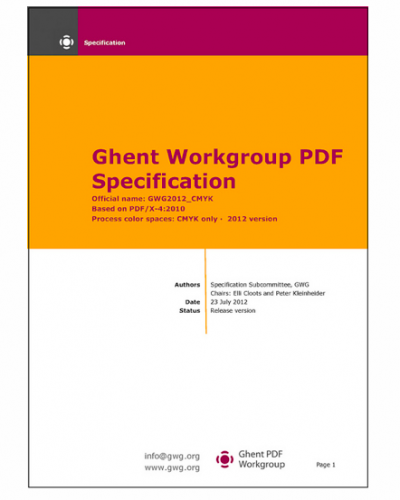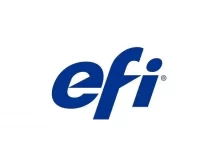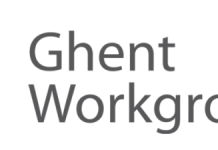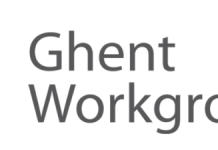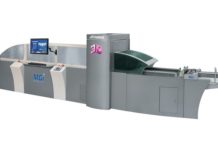The Ghent Workgroup (GWG) has launched its brand new GWG2012 specification at its seminar held during Graph Expo.
The printing industry is constantly evolving and, as workflow practices change, so do the file format issues and problems. At Graph Expo, the Ghent Workgroup presented and discussed their latest specification that provides a set of preflight checks and best practice guidelines for graphic arts professionals wishing to move to a reliable PDF/X-4 based workflow.
In the world of the Ghent Workgroup, a specification is a set of guidelines to which a PDF file should conform. A practical example of a guideline could be the colour spaces allowed in a PDF file, or the image resolution required for images in a particular type of workflow.
The last set of GWG specifications (version 4) were released in 2009. These were based on PDF/X-1a and, at the time, represented a state-of-the-art set of preflight checks for many different areas of the industry, but things change and the industry has moved forward. New functionality such as transparency and layers now needs to be addressed, and looking forward to the future, PDF/X-4 is going to be the new standard for the industry.
To support these changes, there is the need for a new set of guidelines to address functionality, requirements, and problems that were not addressed in the 2009 GWG specifications, such as use of live transparency in page layout applications. Whereas in PDF/X-1a (the basis of the 2009 GWG specifications), transparency was flattened during the creation of the PDF file, the best practice now as provided for by PDF/X-4 is that the transparency remains live within the PDF file and for that matter, throughout the workflow. Using RIP technology for output that renders such PDFs do not perform flattening at any stage. Thus, visual artifacts, such as thin white lines or outlined text as known from flattened files, are history.
This kind of workflow change brings new problems and functionality that need to be addressed such as checking of transparency blend colour spaces, hence the importance of a new reliable set of preflight checks and best practice guidelines that users can turn to when making such a change in their workflow.
In addition to new requirements, the preflight checks within the specification have also been updated with specific new checks for different industry segments. As an example, the newspaper industry asked the group for a check for single image pages, and improved checks for image resolution to better handle the many ads they receive as PDF files. Other improvements include more detailed checking on small black or white objects, such as text and lines, in-depth ink coverage checking, and more.
Implementations of the specification by companies such as Enfocus, Adobe, and callas, have already been released, and are available in the latest versions of Adobe Acrobat XI Pro, Enfocus PitStop Pro and PitStop Server, callas pdfToolbox and callas pdfToolbox Server.


